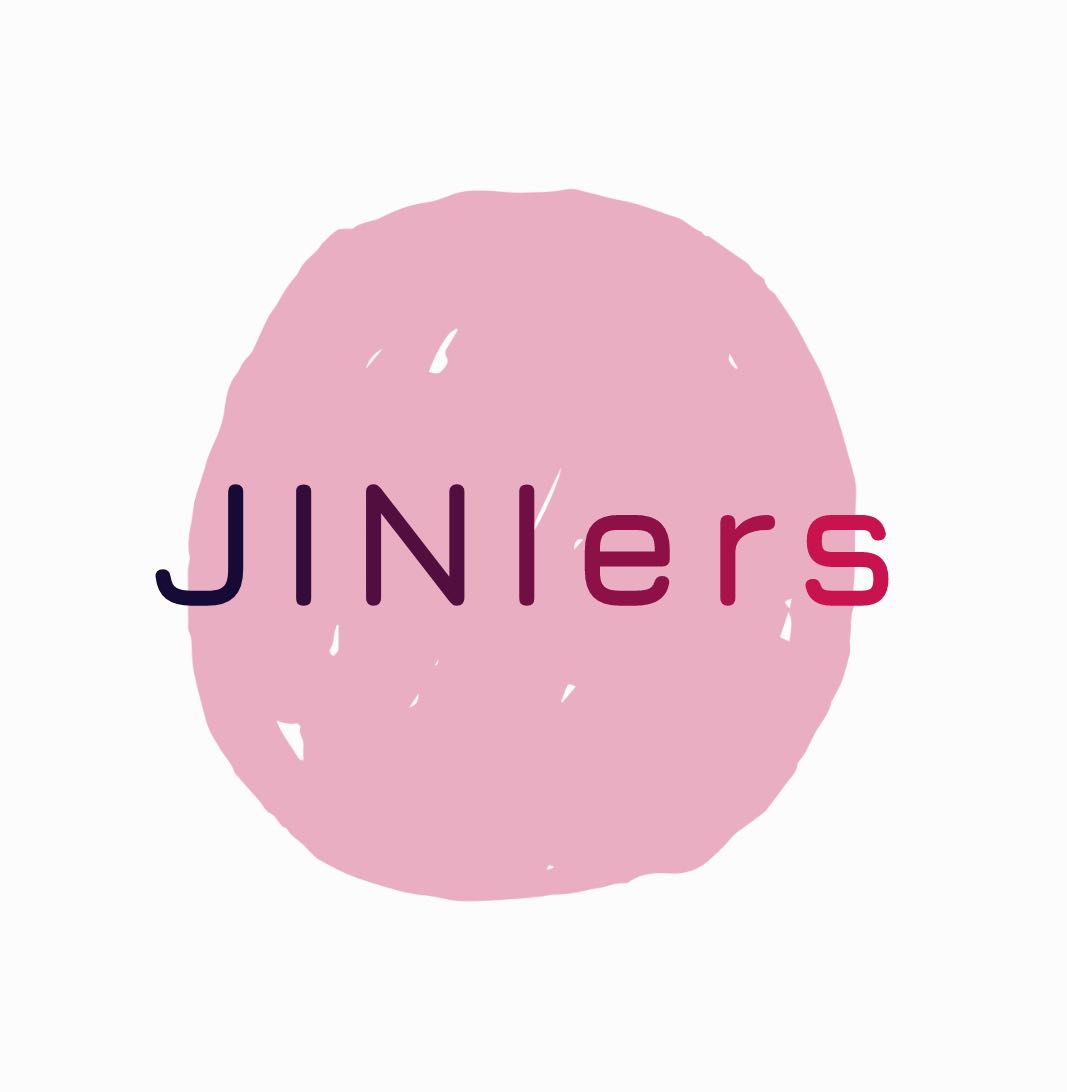JINIers
[PCK] Deploying Apps to Google Cloud lab 본문
※ 수정
220921
google cloud 서비스를 App Engine, kubernetes Engine, cloud run에 애플리케이션 배포

작업 1. github에서 샘플 앱 다운로드
shell >
mkdir gcp-course
cd gcp-course
#github에서 python flask 앱 복제
git clone https://GitHub.com/GoogleCloudPlatform/training-data-analyst.git
cd training-data-analyst/courses/design-process/deploying-apps-to-gcp
#프로그램 설치
sudo pip3 install -r requirements.txt
#프로그램 실행
python3 main.py
web preview > preview on port 8080 접속해서 홈페이지 확인 > ctrl+c 프로그램중지
작업 2. app engine에 배포
open editor > ~ new windows
gcp-course/training-data-analyst/courses/design-process/deploying-apps-to-gcp 폴더에 파일만들기 > app.yaml
- app.yaml
runtime: python37
shell >
#앱 생성지역 지정
gcloud app create --region=us-central
#앱 배포
gcloud app deploy --version=one --quiet
app engine > dashbord > 링크 확인

그러면

이게 뜬당
코드편집기 >
> main.py > title 수정 : Hello App Engine
shell >
#2번째버전 배포
gcloud app deploy --version=two --no-promote --quiet
app engine > versions > 버전 확인 후 two 클릭 > Hello App Engine 가 떠야함

버전 2로 마이그레이션 하려면 split traffic > save > dashboard > 새로고침 > 오른쪽 상단 링크 클릭 > Hello App Engine 가 떠야함



작업 3. kubernetes engine에 배포
kubernetes engine > create > GKE standard > 그냥 기본값으로 두고 create > 생성 > 점 세개 눌러 > connect > run in cloud shell 누르면 연결 명령어가 자동으로 입력된 cloud shell이 열림
#클러스터 연결
gcloud container clusters get-credentials cluster-1 --zone us-central1-c --project qwiklabs-gcp-04-ae3db717c42e
#연결 테스트(클러스터 머신 표시)
kubectl get nodes
코드 편집기 > main.py > 타이틀 변경 : Hello Kubernetes Engine. > 같은 폴더에 new file > kubernetes-config.yaml 생성
- kubernetes-config.yaml
---
apiVersion: apps/v1
kind: Deployment
metadata:
name: devops-deployment
labels:
app: devops
tier: frontend
spec:
replicas: 3
selector:
matchLabels:
app: devops
tier: frontend
template:
metadata:
labels:
app: devops
tier: frontend
spec:
containers:
- name: devops-demo
image: <YOUR IMAGE PATH HERE> #여기에 이미지링크 넣기
ports:
- containerPort: 80
---
apiVersion: v1
kind: Service
metadata:
name: devops-deployment-lb
labels:
app: devops
tier: frontend-lb
spec:
type: LoadBalancer
ports:
- port: 80
targetPort: 80
selector:
app: devops
tier: frontend
shell >
cd ~/gcp-course/training-data-analyst/courses/design-process/deploying-apps-to-gcp
#이미지 빌드, container registry에 저장
gcloud builds submit --tag gcr.io/$DEVSHELL_PROJECT_ID/devops-image:v0.2 .
이미지 이름 복사 > 다시 코드 편집기 > <YOUR IMAGE PATH HERE>에 이미지링크 넣기
IMAGES: gcr.io/qwiklabs-gcp-04-ae3db717c42e/devops-image:v0.2

shell >
#애플리케이션 배포
kubectl apply -f kubernetes-config.yaml
#인스턴스 생성 확인
kubectl get pods
#로드밸런서 구성 생성 확인
kubectl get services
외부 ip가 나올때 까지 확인 > 외부 ip 나오면 새탭 열어서 복붙


작업 4. cloud run에 배포
코드 편집기 >
main.py > 타이틀 변경 : Hello Cloud Run
cd ~/gcp-course/training-data-analyst/courses/design-process/deploying-apps-to-gcp
#이미지빌드, 콘테이너 레지스트리에 저장
gcloud builds submit --tag gcr.io/$DEVSHELL_PROJECT_ID/cloud-run-image:v0.1 .
cloud run > create service > Authentication : Allow unauthenticated invocations > service name : hello-cloud-run > 설정값 대로 설정.. > 자동으로 생성된 url 클릭 > 그럼 엔진이 뜬다



그러면

끝
'GCP > Qwiklabs' 카테고리의 다른 글
| [PCK] Troubleshooting Workloads on GKE for Site Reliability Engineers (0) | 2022.02.07 |
|---|---|
| [PCK] Continuous Delivery Pipelines with Spinnaker and Kubernetes Engine lab (0) | 2022.02.07 |
| [PCK] Building a DevOps Pipeline lab (0) | 2022.02.03 |
| [PCK] Configuring an Internal Load Balancer lab(내부 로드밸런서 구성) (0) | 2022.02.03 |
| [PCK] Orchestrating the Cloud with Kubernetes lab(쿠버네티스로 오케스트레이션) (0) | 2022.01.31 |




